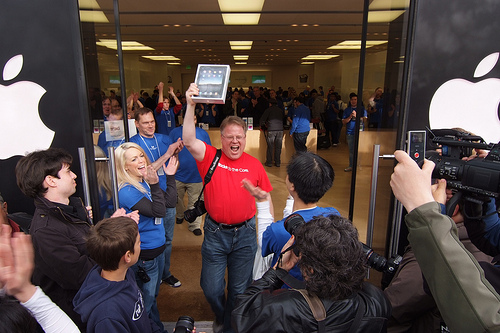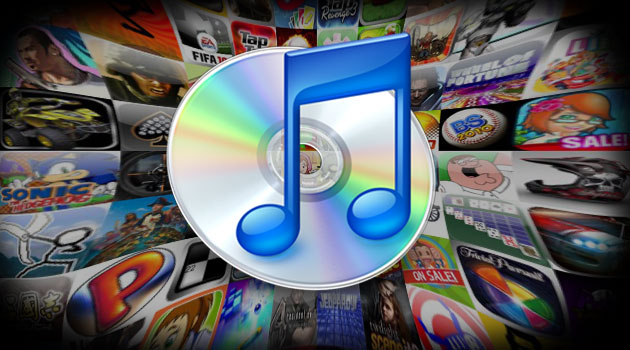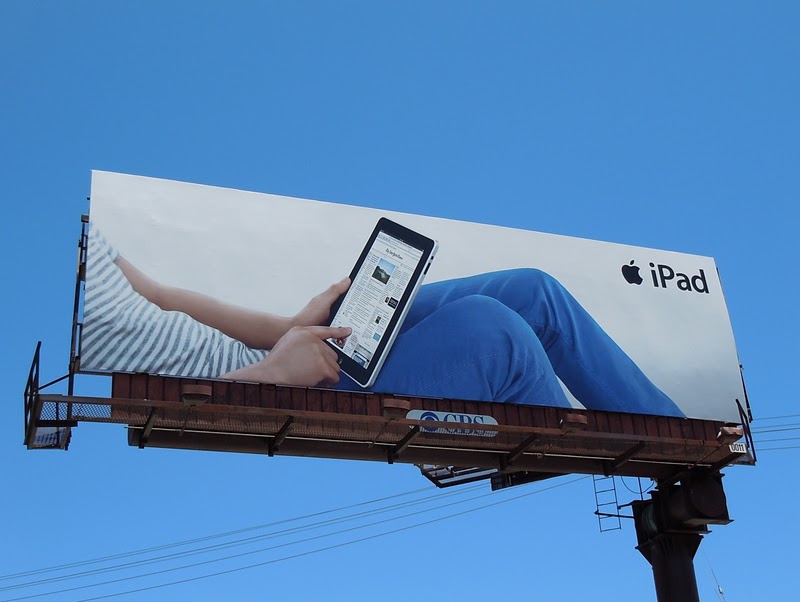Whatever you may think of the iPad – whether you believe it to be the savior of old media or simply “a big iPod Touch” – there is one thing that cannot be denied: the thing has been a massive success.
By last count, Apple had sold 3.27 million of them in the last quarter and, if that rate is anything to go by, sales are now probably over 4 million. The tablet computer, it seems, has arrived.
Naturally then, Apple’s competitors are gearing up their own versions. This, for better or worse, is the state of our industry: Apple innovates and others then play catch-up. Research in Motion, makers of the Blackberry, are widely expected to release a ‘Blackpad‘. Microsoft are expected to clarify their approach to tablets in the next few months. And there are some upcoming Android tablets that look promising.
Trouble is, no-one’s sure how well these will fare, mainly because it so often feels like Apple’s competitors, well, ‘don’t get it‘. This is something that has happened before too, with the iPod and, until recent versions of Android, the iPhone.
But the market is a much better place when there are valid competitors. Now that Android and RIM are going toe-to-toe with Apple, all consumers in the smartphone market benefit.
So, in the spirit of healthy competition, here are five tips for challenging the iPad. It won’t be easy. But then, nothing worth doing ever is.
1. It’s the Ecosystem, Stupid
Challengers to Apple’s throne often like to trumpet how they beat the iGang in one area: there is more software available on Windows; Android is available with or without a keyboard; this MP3 player sounds better than the iPod.
None of that matters.
Why? Apple’s popularity comes from the fact their software, hardware and services work ‘holistically’ – i.e. the whole thing works together seamlessly. A lot of people like to dismiss this as ‘a closed ecosystem’. And maybe that’s true. But whether it is or not, it means that it isn’t simply the device that works well, but the entire experience of everything connected to the device. So any challenger must work on not only hardware, but the services and infrastructure behind it.
As as result, some kind of content distribution network is crucial. You cannot, for example, play ‘Digital Copy’ files from DVDs on an Android device. That may not be a big deal, but it’s a symbol of something larger. Apple offers simple, neat content solutions that are easy and compelling, and this is half the reason for their success. The point is, either compete on all fronts by presenting an integrated solution, or don’t compete at all. Those are your options.
What’s more, closed is not the not only way to build a functioning ecosystem. Look to ePub ebooks for an example – embracing a standard allows far more players to participate and results in a better experience for end-users. Open standards are possible and it will be just the ticket to challenge the iTunes/iOS world.
Lesson 1: Competing in tablets is about more than just the tablet itself; it’s about the universe of services and software behind it.
2. Go Where Apple Won’t or Can’t
If you are anything like most tech-savvy people, your computer’s hard drive is full of video files. It’s likely that some of them are DivX, some of them MKVs and many of them the various types of MP4s. If you’re lucky, some of those may play on your iPad without any conversion. But most of them won’t. This represents an opportunity.
What is key to building to a true iPad competitor is doing things that Apple either can’t or won’t. Apple refuses to support the wide variety of video formats, whether because it might hurt their content relationships or because they only trust particular formats. Any competitor must support that. Android is pretty good for this. A lot of devices allow you to simply throw MP4s or other files on there. But rather than requiring specific file formats, codecs or resolutions, an iPad competitor should handle all the things Apple won’t touch with aplomb.
This extends beyond video too. Support as many file formats as possible. (After all, supporting MP3s did nothing to damage the iPod. Instead, it became a selling point.) But more than that, beat Apple to the punch. Set up deals for magazine subscriptions before iTunes. Establish a cloud-based media service that makes accessing movies and music from anywhere easy. Yes, it’s a big investment, but it’s only way to beat Apple at their own game.
Lesson 2: Fill in the gaps left by Apple’s insistence on being closed.
3. Forget Desks; Embrace the Couch and The Kitchen Table
A tablet is not a large smartphone. It is not a netbook or a laptop replacement. It is a tablet.
Here’s why that’s important. Tablets are frames for content. They are not devices to create spreadsheets with. They are not for writing novels or books. They are primarily for consuming content. They are, to put in another way, devices to be used on the couch and at the kitchen table. These are devices that occupy the same functions once held by magazines, portable game consoles, TVs near the dining table and books by the bedside.
As a result, tablets need to be equally proficient at movies, music, books, the web and any mixture of those things. What Apple’s competitors must understand is that the slate computer is, well, a blank slate, that must be able to morph into a number of things: book; TV screen; gaming console; photo album.
But more importantly, it has to be engaging to use. It has to be aesthetically appealing. To wit: it must be its own thing, not a replacement for something else. You are trying to create a new experience, not digitally replicate one from the past.
Lesson 3: The tablet is a new class of device. Treat it as such.
4. Tablets Require a Tablet OS
Related to Lesson 1, but it needs saying: tablets require an OS built from the ground up for touch. It’s difficult not to cringe when we hear Steve Ballmer saying that Microsoft expects tablets to be running Windows.
Um, Steve? No.
Windows is brilliant for desktops and laptops. But even an optimized version is still too resource-heavy and power-hungry for a tablet. You need a custom OS. It’s actually Google, rather than Microsoft, who are on the right track with Android: it is designed for touch control, is light and adaptable and already supports an app store.
Lesson 4: Do not ‘downport’ another OS. Build one around touch, portability, battery-life and media.
5. Brand it Like You Mean It
When Sony made their half-hearted attempts to go after the iPod, they came up with brilliant names like “Sony Walkman NW-HD5”. Catchy, right? Ugh.
Every successful tech launch in the decade has been about a specific brand. Kindle. Android. Blackberry. Wii. And the recent success of the Motorola Droid shows that people are willing to respond to competitor brands that are positioned quite differently from Apple.
But more than that, a company looking to enter this new tablet market must think about how it intends to position itself as part of the contemporary moment. Simply playing catch-up won’t be enough to gain critical mass. Through marketing, you have to be able to market the ability of your tablet to participate in the modern world, whether through cloud media services, new magazine subscription models, or something else.. That means selling what you can do with the tablet, not simply how it’s ‘a better value than the iPad’.
Lesson 5: Convincing people to want one is more than about tech, or even a catchy name – it’s about selling what a tablet allows you to do.







GIPHY App Key not set. Please check settings
24 Comments